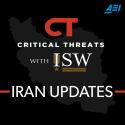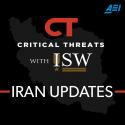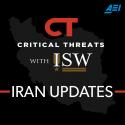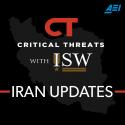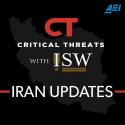Actors from across the Iranian political spectrum are publicly acknowledging Mir Hossein Mousavi’s February 4 call for “foundational change” in the Islamic Republic. Mousavi discussed holding a referendum on whether to maintain the Islamic Republic and suggested drafting a new constitution on February 4, as CTP previously reported. Prominent Sunni cleric Moulana Abdol Hamid expressed support for a referendum on the “regime and system” during his weekly Friday prayer sermon in Zahedan, Sistan, and Baluchistan Province on February 17. Abdol Hamid did not explicitly reference Mousavi, but his use of the term “referendum” demonstrates that he is likely seeking to keep Mousavi’s idea of “foundational change” at the forefront of Iran’s internal political debate.
Iran is reportedly taking advantage of humanitarian aid convoys to move rockets or missiles into eastern Syria. The Syrian Observatory for Human Rights (SOHR) reported that Iran-backed militants deposited two weapons shipments at a warehouse in Abu Kamal and a third at a warehouse in Deir Ezzour, Syria. Shipments to Abu Kamal and Deir Ezzour allegedly included munitions and unspecified logistical equipment according to SOHR. Iran-backed militias transported weapons shipments in humanitarian aid convoys for earthquake victims as CTP previously reported.
Iran targeted an Israeli-owned oil tanker in the Arabian Sea on February 10, according to Western reports. A BBC journalist announced on February 17 that Iranian drones had targeted the commercial Campo Square ship but caused no serious damage or casualties, citing a US military official. The source stated that the attack involved several Iranian ships and likely a Shahed-136 drone, one of the UAVs Russia has been using in its invasion of Ukraine. The February 10 attack on the Campo Square may be a retaliation to the Israeli drone strike on a military munitions factory near Esfahan City, Esfahan Province on January 28.
